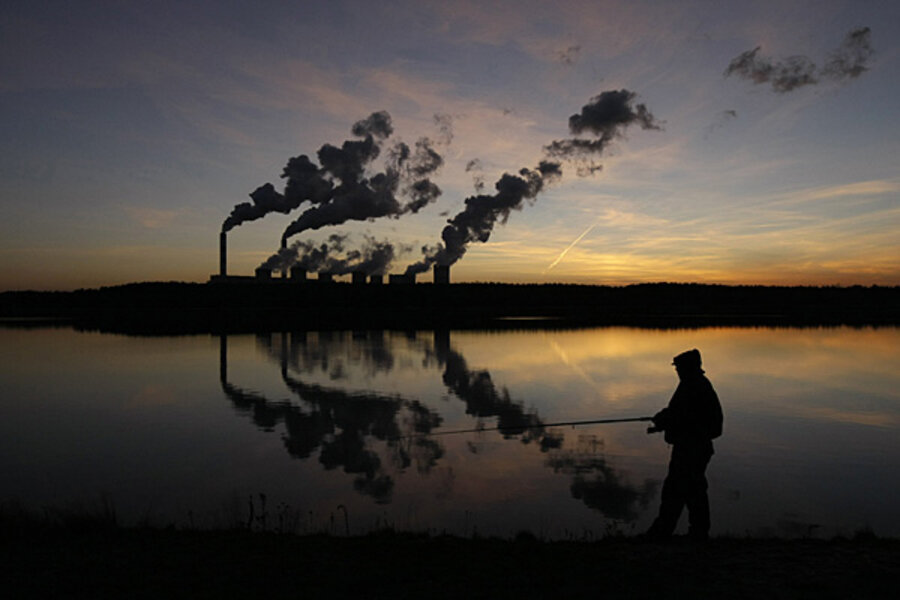Climate change: Global emissions hit record high, UN says
Loading...
| Geneva
World carbon dioxide pollution levels in the atmosphere are accelerating and reached a record high in 2012, the U.N. weather agency said Wednesday.
The heat-trapping gas, pumped into the air by cars and smokestacks, was measured at 393.1 parts per million last year, up 2.2 ppm from the previous year, said the Geneva-based World Meteorological Organization in its annual greenhouse gas inventory.
That is far beyond the 350 ppm that some scientists and environmental groups promote as the absolute upper limit for a safe level.
As the chief gas blamed for global warming, carbon dioxide's 2012 increase outpaced the past decade's average annual increase of 2.02 ppm.
Based on that rate, the organization says the world's carbon dioxide pollution level is expected to cross the 400 ppm threshold by 2016. That level already was reached at some individual measurement stations in 2012 and 2013.
Scientists say the Earth probably last had this much carbon dioxide in the atmosphere at least a few million years ago, when sea levels were higher. Carbon dioxide levels were around 280 ppm before the Industrial Revolution.
Trapping heat as a greenhouse would, carbon dioxide accounts for three-quarters of the planet's heat-trapping gases that scientists say are causing sea levels to rise, glaciers to melt and some weather patterns to change. Methane, another destructive greenhouse gas, traps heat much more effectively but has a shorter life span.
Atmospheric methane also reached a new high of 1,819 parts per billion in 2012, which is 260 percent higher than the pre-industrial level. Methane comes from natural sources such as wetlands and termites, but about 60 percent comes from cattle breeding, rice growing, landfills and other human activities.
The rising amount of greenhouse gases in the atmosphere shows how people have "upset the natural balance of our atmosphere and are a major contribution to climate change," said Michel Jarraud, the secretary general of the World Meteorological Organization.
Carbon dioxide remains in the air for a century, some of it far longer, which means that a lot of future warming is already locked in.
The Nobel Peace Prize-winning Intergovernmental Panel on Climate Change, which is headquartered at the organization, says starvation, poverty, flooding, heat waves, droughts, war and disease are likely to worsen as the world warms from man-made climate change.
The warming of the planet since 1950 is "unprecedented," the panel says, and the Earth will warm by at least 2 more degrees Fahrenheit (1.1 degrees Celsius) this century, unless the world drastically cuts emissions, which appears unlikely.





